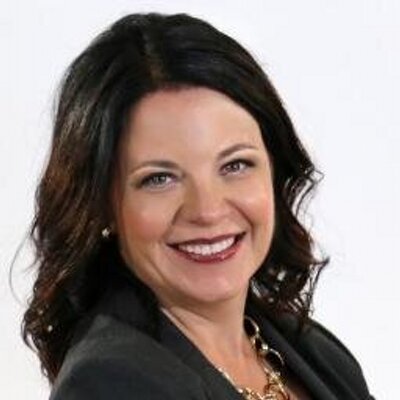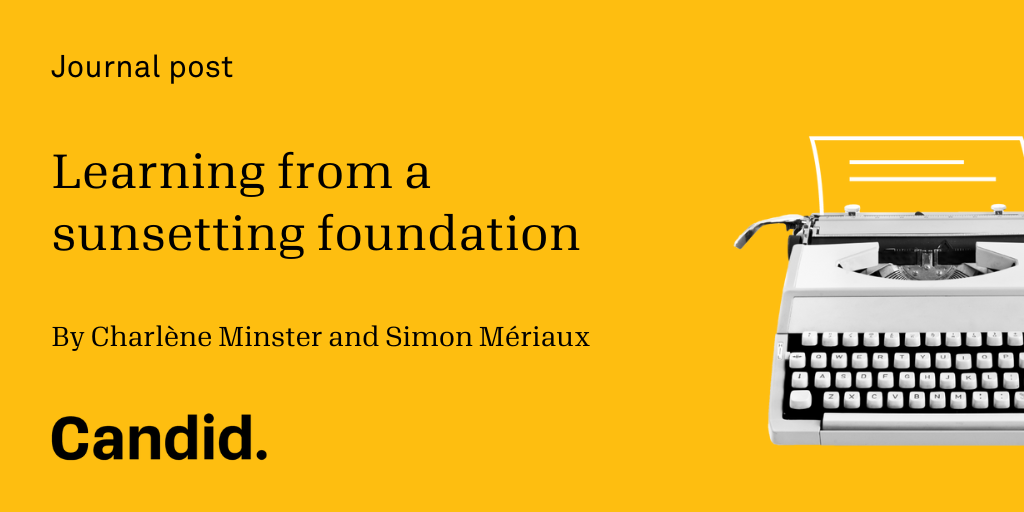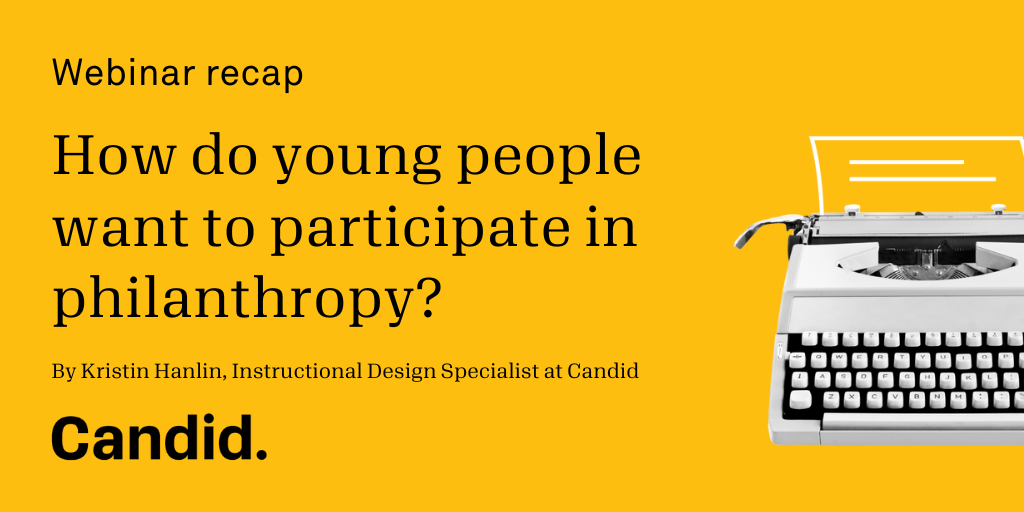Are You Limiting Losses or Capturing Gains?
 When you're planning a grantmaking strategy, a list of hurdles to effectiveness is bound to come into play. Time and again I've heard them: The nonprofits in our area need more capacity to pull this off. There are no partners out there for this work. Public policy is a roadblock. We don't have enough funds to really make change happen, so we should do the prudent thing and limit our focus. We need to be realistic about the return on investment we're likely to see from our grants to keep our trustees happy.
When you're planning a grantmaking strategy, a list of hurdles to effectiveness is bound to come into play. Time and again I've heard them: The nonprofits in our area need more capacity to pull this off. There are no partners out there for this work. Public policy is a roadblock. We don't have enough funds to really make change happen, so we should do the prudent thing and limit our focus. We need to be realistic about the return on investment we're likely to see from our grants to keep our trustees happy.
There is something to be said for going into a grantmaking strategy with eyes wide open about the possibilities for failure, and for setting goals that seem reasonable. But grantmakers often hamstring themselves by thinking about their strategies in terms of limiting losses rather than capturing gains.
Here's an example of the difference between limiting losses and capturing gains from a different industry. In his book, Million Dollar Referrals, business guru Alan Weiss writes about the auto industry: "Before the entire automobile world changed, GM would tell its designers that they had to create a Buick that would sell for $18,000 and provide the company with a 20% margin. Mercedes would tell its designers to build the safest, best performing car they could; once it had the car, it would decide then what to charge for it."
In this example, GM limited its thinking - and ultimately its potential profit and brand identity - by using the lowest bar it would accept to define its work (the car must cost no more than $18,000, and we must make no less than a 20% margin). Mercedes, on the other hand, opened itself and its employees up to a much higher standard with much greater potential return. It allowed - even encouraged - its designers to strive for their most creative and effective solutions, knowing that it if put the best product out in the marketplace, the return on investment would follow.
Personally, I think of that instant when you open yourself to the possible as a "Mercedes moment."
Granted, most foundations are not serving communities where everyone drives a Mercedes, but my point is about not creating processes and assumptions that limit a grantmaker's thinking. It's natural to want to feel a sense of security that your grants will deliver an acceptable return, however you define that. But funders frequently create a host of self-limiting processes and put too many parameters on their work too quickly, thereby prohibiting their ability (and that of their grantees) to ever have a Mercedes moment. They approach grantmaking from a poverty mentality rather than one of abundance, and stifle creativity, restrict new ideas, and erode the potential value of their work in the process.
These self-limiting processes can be internal, such as insisting on a set of predefined characteristics or work plans for potential consultants or grantees rather than asking for their best ideas, or external, such as creating a two-year window for a grantmaking program at the outset, regardless of how much it might accomplish in that amount of time.
What happens when a foundation embraces its Mercedes moment and thinks in terms of capturing gains rather than limiting losses? One of our clients, the Cleveland Foundation, is a great example. This Foundation made investments in children ages zero-five for several years, but as the children it served began to age out of early childhood, the Foundation decided to grow with them, expanding support in a variety of ways. To do this, the Foundation had to embrace a big-picture notion of creating successful adults, and had to be creative in tapping new partnerships and resources outside of its usual suspects. It opened itself to trying a number of wide-ranging approaches, from youth leadership to youth employment, to support that big picture.
The Foundation was willing to invest significant resources to get it right (e.g., retaining consultants and national experts, commissioning research from top universities, taking teams of people on site visits to other states, etc) and be open to a 20-year horizon to achieve long-term results. Although it's still early, the preliminary accomplishments are promising. Thus far this effort has provided more than 33,000 opportunities through out-of-school time activities, summer and year-round jobs for more than 11,500 youth and young adults, and coordinated youth engagement, leadership opportunities and college visits for 1,200 youth.
The Cleveland Foundation could have moved incrementally by trying to fund only the next step forward, or limited its thinking with a set of assumptions about which programs would work best, but it didn't do that. Instead, it allowed staff and community to be creative, think bigger and farther, and build an approach that was more compelling and effective for everyone.
When we as grantmakers try to focus too tightly, too early in the process (think inexpensive car with minimum ROI) in order to limit our potential losses, we also limit our ability to focus on what might be most important for those we mean to serve (safety ratings, comfort, cup holders). Instead of setting limits, think about what might be possible without them. Allowing yourself that freedom takes practice, belief in the possible, and courage - but I guarantee you that once you have your first "Mercedes moment," it will be worth it.
This post originally appeared in Kris Putnam-Walkerly's Confident Giving Newsletter and was reposted here with permission. To view the original post please click here.



